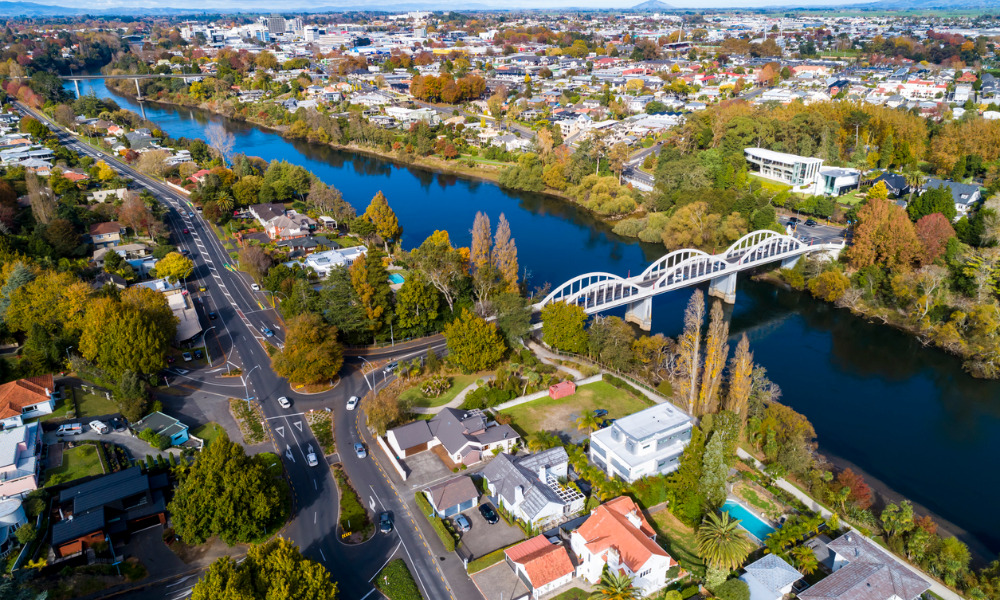It is a trend non-bank lenders see across the country

The COVID-19 lockdown is not the only factor preventing Kiwis from entering the housing market. Lodge Real Estate revealed that home buyers are now paying even more for new houses as developers reduce the number of properties they sell off plans, opting instead to cash in on finished products.
CoreLogic NZ’s latest Housing Affordability Report showed that the average property value across the country is 7.9 times the average annual household income, a record high in its series’ 18-year history. The latest figure is also a significant increase from 7.4 times three months ago, and 6.6 times 12 months ago.
If rapidly declining housing affordability was not enough to stop Kiwis from entering the housing market, real estate agents and second-tier lenders revealed that developers have recognised the money they can make out of selling finished builds, so new home buyers end up paying more.
Lodge Real Estate managing director Jeremy O’Rourke said there is a market trend where properties that were traditionally being sold off plans by developers are now being marketed upon completion.
“Developers have realised in the current market the type of properties they used to try to sell-off plan to get some cashflow upfront is worth a lot more if they can hold off selling until it’s built because residential prices are rising rapidly month by month,” O’Rourke said.
Read more: CoreLogic: Housing affordability dramatically declines across New Zealand
According to Lodge Real Estate, finance is the only issue developers face because banks often want to see most of a development sold as quickly as possible rather than funding it while the construction is ongoing.
In some cases, developers stage their projects. However, in many cases, developers use second-tier lenders to fund a development’s construction phase – with higher lending interest rates but lower borrowing costs than the margin they can make by selling the finished property.
Omega Capital director Scott Massey said this is a trend across New Zealand, with second-tier lending becoming attractive options for developers as banks tighten loan-to-value ratios (LVRs) and debt-to-income ratios and the government changes more rules to cool the market.
“We’re light on our feet, and as an independent fund, we are not bound by these rules, and we can meet the market,” Massey said.
Currently, second-tier lending rates are around the 7.5% to 7.95% interest rate mark, while the current variable floating interest rate with banks is around the 4.4% mark. Meanwhile, one-year fixed rates range from 2.55% to 3.34%, according to Lodge Real Estate.
Massey added: “Developers know the prices are continuing to go up because they’ve seen what has happened in the market so far, and it’s given them [a] reason to pause and think they’ll take profit off the top of that, which more than offsets the additional cost of non-bank lending rates.”



